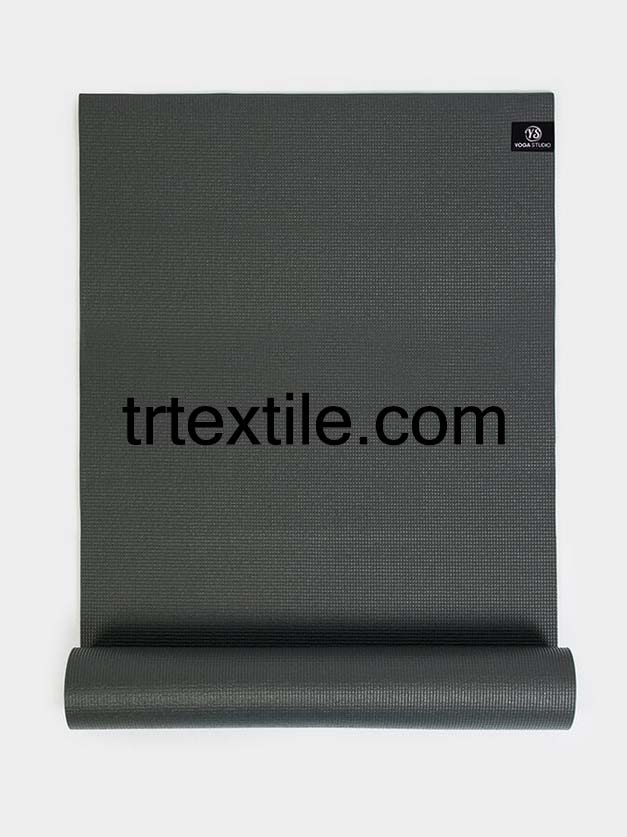Yoga mats are an essential tool for yoga practitioners of all levels. They provide cushioning and support for the body during yoga practice, as well as a non-slip surface for stability and balance. There are many different types of yoga mats available on the market, ranging from basic foam mats to high-end eco-friendly mats made from natural materials. In this article, we will explore the production model of a specific type of yoga mat known as Model 10.
Model 10 yoga mats are a popular choice among yoga practitioners for their durability, comfort, and eco-friendly design. These mats are made from a combination of natural rubber and recycled materials, making them a sustainable option for those looking to reduce their environmental impact. The production of Model 10 yoga mats follows a specific model that ensures quality and consistency in each mat produced.
The first step in the production of Model 10 yoga mats is the sourcing of materials. Natural rubber is harvested from rubber trees in sustainable plantations, where the trees are carefully tapped to collect the latex sap. This sap is then processed to create the rubber material used in the mats. Recycled materials, such as old yoga mats or other rubber products, are also collected and processed to create the base layer of the mat.
Once the materials are sourced, they are sent to the manufacturing facility where the production process begins. The rubber material is mixed with other natural ingredients to create a durable and long-lasting surface for the mat. The recycled materials are also processed and added to the base layer to provide additional cushioning and support.
The next step in the production model is the molding of the mats. The rubber material is poured into molds of varying sizes and shapes, depending on the desired thickness and dimensions of the mat. The molds are then pressed and heated to create a solid and uniform surface for the mat. Once the mats have been molded, they are trimmed and inspected for quality control.
After the mats have been molded and trimmed, they are ready for the final steps of production. The mats are coated with a non-slip surface to provide stability and grip during yoga practice. They are also treated with antibacterial and antimicrobial agents to prevent the growth of bacteria and odors. Finally, the mats are rolled and packaged for distribution to retailers and consumers.
Overall, the production model of Model 10 yoga mats is a sustainable and efficient process that ensures high-quality mats for yoga practitioners. By using natural and recycled materials, these mats are not only good for the environment but also provide a comfortable and supportive surface for yoga practice. Whether you are a beginner or experienced yogi, Model 10 yoga mats are a great choice for your practice.




